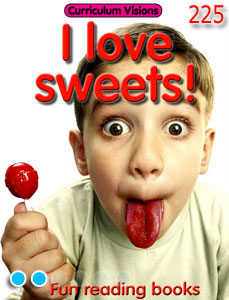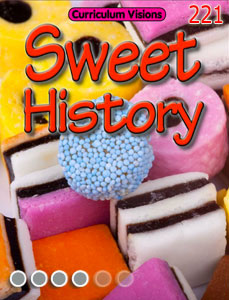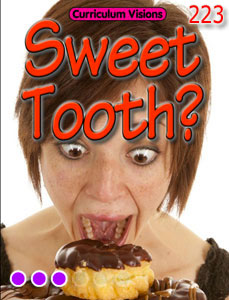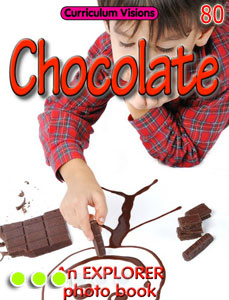Everyone knows what sweets are, don’t they? Curiously enough, they don’t! To begin with, not everyone uses the same word, as you will find out below. And in English, sweet can be a taste or a pudding. In this article, sweets are about small pieces of food made using mostly sugar that are eaten between meals.
The word ‘sweet’ is a shortening of the term sweetmeats. In the past when the word ‘meat’ was a word used for ‘food’ (not just for food made from animals as it is today), sweetmeats were sweetened foods of any kind.
In practice, sweetmeats were largely a way of preserving fruit and nuts by dipping them in honey. Honey was the standard sweetener until about four hundred years ago.
Honey is almost pure sugar. All sugars are not only sweet; they are natural preservatives. So the original idea was not just to make something taste nice, but also to make something last longer than it would normally do in nature.
So sweets is a shortened name for sweetmeats. But people in North America don’t use the word sweets at all. Instead they say candy. So why are sweets known as candy in America?
This all goes back to the introduction of sugar. Sugar came from the sugar cane plant. Candy comes from the Arabic word ‘qandi’, which means ‘made of sugar’. English people were using the word candy because sugar was something introduced from India via the Middle East. So when people went from England to the New World, everyone was using the word candy for something made of sugar as well as sweetmeats for something dipped in honey. Sugar will grow well in the New World and sugar-based foods (rather than honey-based foods) became more common in North America before they did in Europe. As a result, candy was a more appropriate term for what Americans ate.
What puts the fizz in sherbet (which you say as sherbert)?
Many tangy sweets make you mouth feel as though it is fizzing and tingly. What cause that, and why doesn't it fizz in the packet and only when you suck it?
This is all about mouth chemistry!
The Victorians were the first to begin to experiment with 'mouth chemistry'. They mixed 2g of sodium bicarbonate (baking soda) and 1.5g of powdered tartaric acid (a powder from dried dregs of grapes during wine making).
The two powdered substances can be mixed together and nothing happens. But when they are added to water (as this picture shows), the acid and the baking soda dissolve in the water and combine to give off gas. This makes a sparkling drink and it was widely used before drinks were carbonated.
In sherbet candies, the 'water' comes from the saliva in your mouth. Modern sherbet is a mixture of a dried, powdered safe food acid (from lemons, limes, oranges etc.) and a safe food alkali (like baking soda) mixed and sealed inside the sugar of a candy. This mixture is slightly unpleasant to taste and just makes the fizz. So by adding sugar and lemon flavouring you also get the attractive taste.










